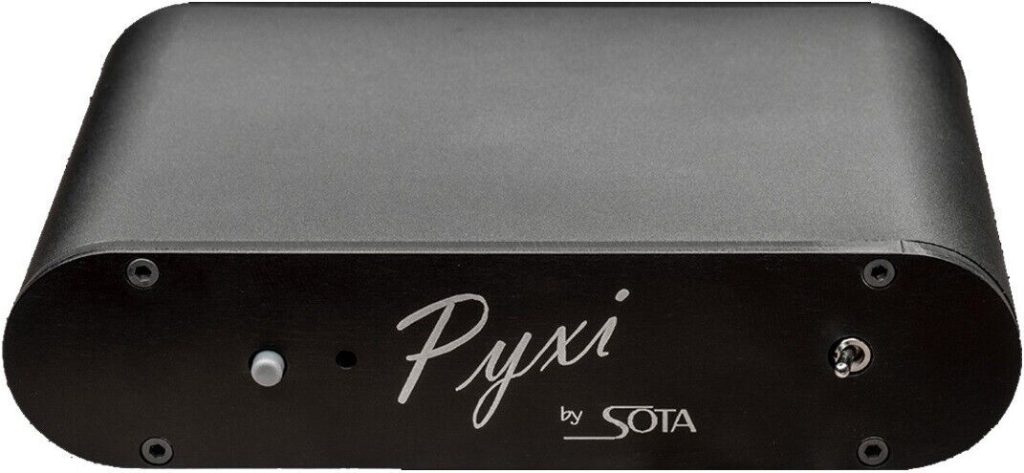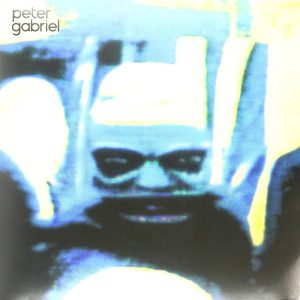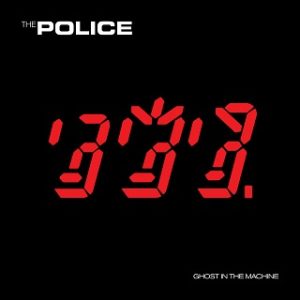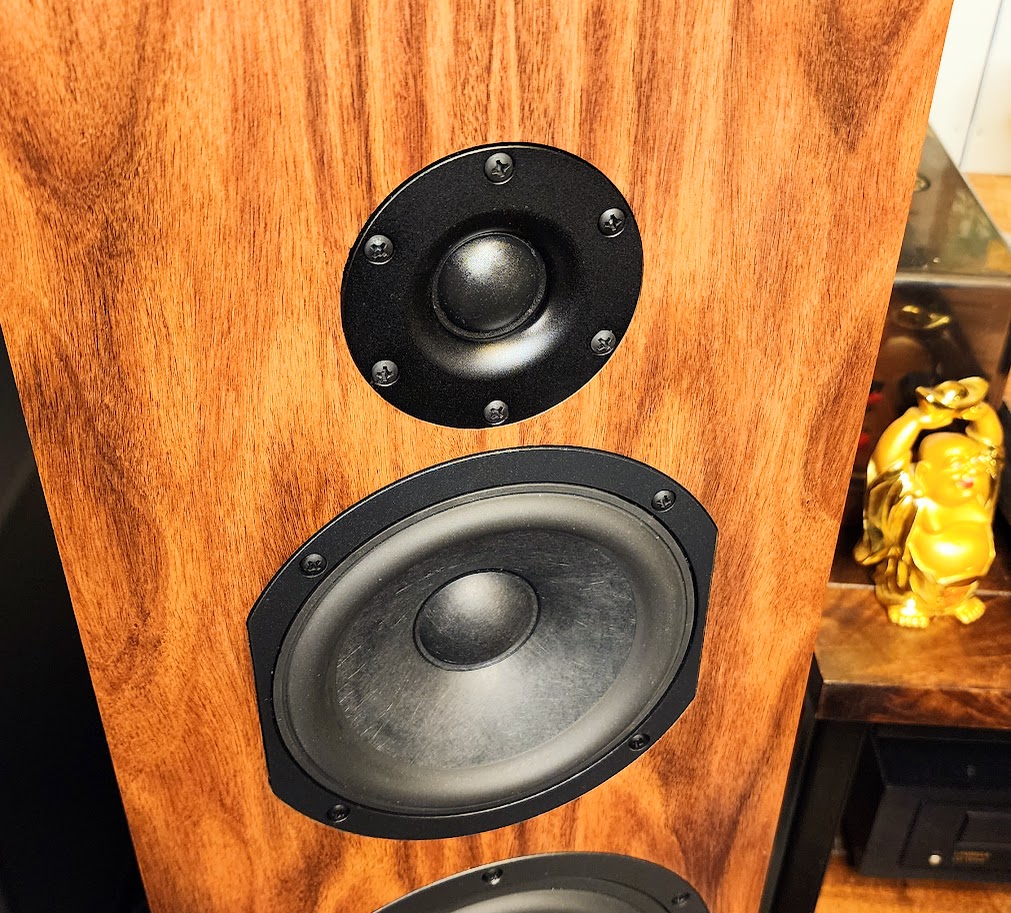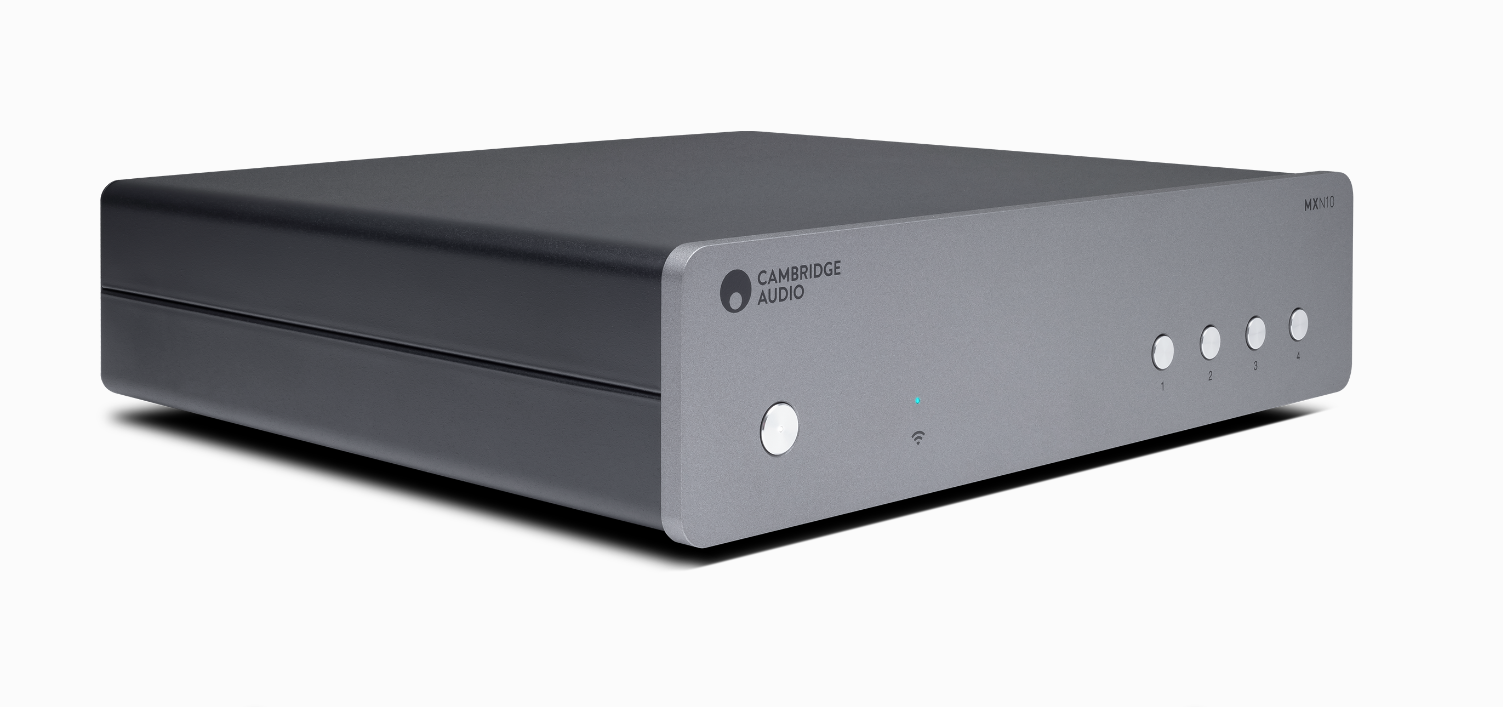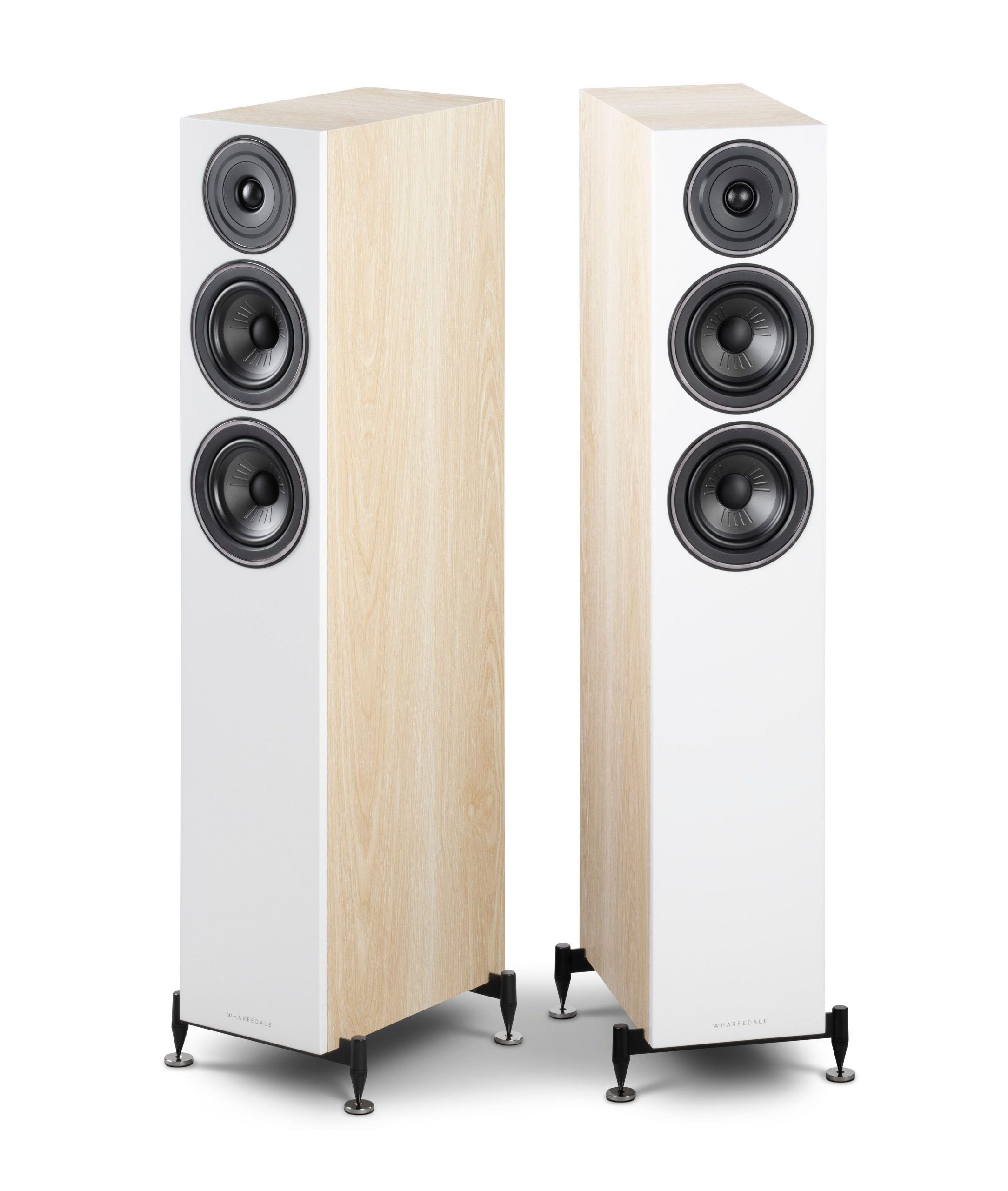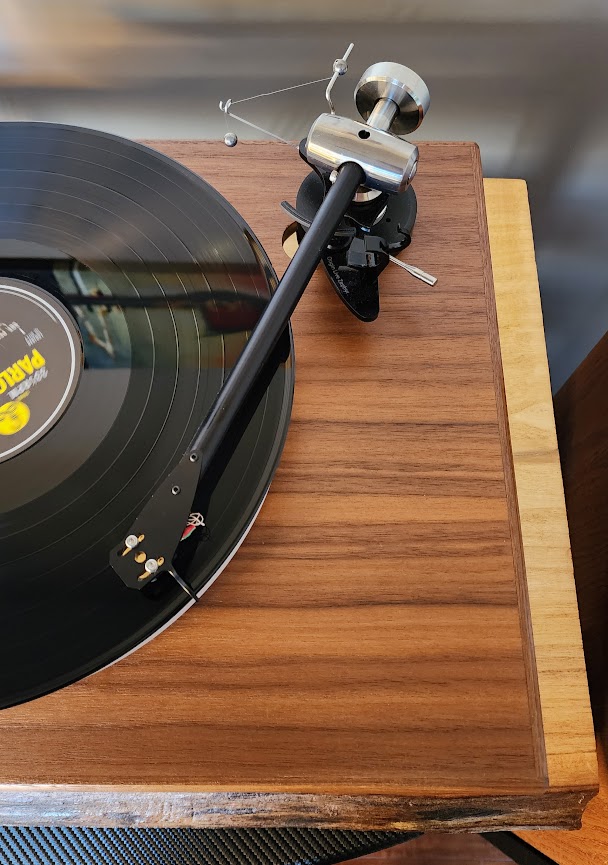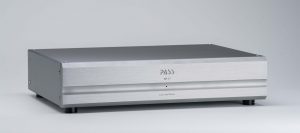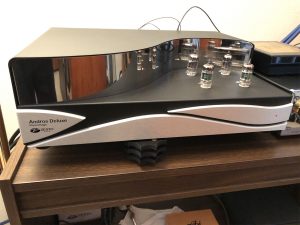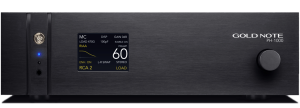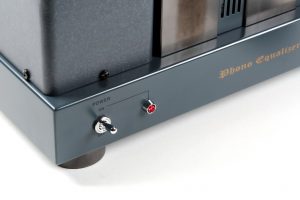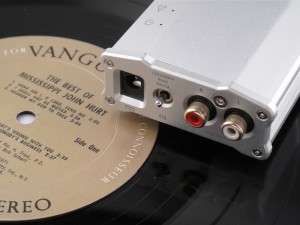Recently, I was reading about a leading industry engineer who strived for components that were "one-noters." What they meant by that phrase was simple: a piece of audio gear should create an impact in your listening environment from the first note you hear through it. Tall order. It certainly gave me pause for thought. How many examples have been in my own listening rooms that would truly qualify? Some, but not all. Certain components require a burn-in period. Others stun right out of the gate.
SOTA, in Delavan, Wisconsin, has always had a reputation for some of the highest quality, American-made turntables, with genuine Midwest craftsmanship. When SOTA approached me to evaluate a new phono stage, I was intrigued. When they told me that it was only $300, I admit, I raised an eyebrow. But their confident smiles told me everything that I needed to know, and I waited for my Pyxi to arrive.
What It Is
The Pyxi was developed with Wyn Palmer and Bill of Phoenix Engineering. A relatively small component at 6" W x 4" D, the diminutive size belies the engineering within, but makes the Pyxi easy to incorporate anywhere in your system. An on/off toggle and MM/MC switch is all that clutters the front panel. Around back, RCA inputs and outputs, along with a heavy grounding screw join a set of jumpers used to set impedance parameters. There is also an input for the 14vAC/500ma power supply, which is an included wall wart type, but one I found to be perfectly quiet.
Specifications come in quite impressive for an entry-level phono stage as well:
MC
- Input sensitivity: 250 µV rms @ 1kHz, 5 cm/sec. Rated output specified at 12 dB above sensitivity (1 mV rms, 1kHz) to capture signal dynamics.
- Gain: 65 dB @ 1kHz. Rated output: 1.8 V rms. Rated peak 3dB higher.
- THD: < 0.0002% @ 1 kHz, 1 mV rms input, <0.0003% @ 10kHz, 10 mV rms input.
- IMD: < 0.002% CCIF 20kHz/19 kHz 1:1 measured at rated output.
- S/N ratio: 82 dBA, relative to 1 mV rms @ 1kHz. Shorted input.
- Hum levels: > 96 dB below rated output, shorted inputs.
- RIAA compliance: 20 Hz - 20 kHz: within 0.15 dB p-p.
- Input overload levels, nominal gain @ 1kHz: 5.5 mV rms (27 dB relative to input sensitivity).
MM
- Input sensitivity: 2.5 mV rms @ 1kHz, 5 cm/sec. Rated output specified at 12 dB above sensitivity (10 mV rms, 1kHz) to capture signal dynamics.
- Gain: 45 dB @ 1kHz. Rated output: 1.8 V rms. Rated peak 3dB higher.
- THD: < 0.0002% @ 1kHz, 10 mV rms input, < 0.001% @ 10 kHz, 100 mV rms input.
- IMD: < 0.003% CCIF 20kHz/19kHz 1:1 measured at rated output.
- S/N ratio: 98 dBA, relative to 10 mV rms @ 1kHz input. Shorted input. 78 dBA, relative to 10 mV rms @ 1kHz, 1.3 kΩ in series with 500 mH across input. Load representative of typical (e.g Shure V15 III) MM cartridges.
- Hum levels: > 96 dB below rated output, shorted input.
- RIAA compliance: 20 Hz - 20 kHz: within 0.15 dB p-p.
- Input overload level, nominal gain @ 1 kHz: 55 mV rms (27 dB relative to input sensitivity).
Other Features
- Output impedance: 50 Ω single-ended.
- Channel matching: better than 0.1 dB @ 1kHz.
- Channel separation: better than 80 dB @ 1kHz.
- DC offset: < 10 mV. Bandwidth: 0 to -3 dB: < 1Hz - 150kHz.
- 1% metal film resistors used throughout, with 0.1% in the critical gain and RIAA stages, together with 1% capacitors.
- C0G capacitors used in the signal path- with measured distortion and dielectric absorption equivalent to Polypropylene capacitors. Low offset, phase corrected DC feedback loop eliminates the need for coupling capacitors while reducing DC peaking in the RIAA characteristic. No digital. All analog implementation, including linear supply regulators.
- Power consumption: < 5 W active, 0.1 W in standby.
Setup was a breeze, thanks to the included manual (yes, read the manual!), and in mere moments I had the proper configuration for my turntable and cartridge—a SOTA Quasar turntable with Origin Live Zephyr tonearm and Hana ML cartridge (previously reviewed HERE). With an armful of records ready to go, there is nothing left to do but settle in.
Listening
My first spin is Peter Gabriel's Security. It's truly there, that "one note." From the first bass impact of "Rhythm of the Heat," the Pyxi is omnipresent in my system, demonstrating dynamics and punch substantially above its price class. Far more than just peaks, as voices whisper halfway through the track, there is a detail, sharpness, and depth that makes me pause, and pay closer attention. However, and this is likely the part you're waiting for, once the drumming kicks in, the review of the Pyxi phono preamp becomes a whole new game. Now there's a real remarkability to the SOTA Pyxi that is not only unmistakable but causes me to listen to "Rhythm of the Heat" a couple more times. With the second play, it is the separation that grabs my attention. The soundstaging is wide, not just deep, with fantastic movement between left and right, expanding the sense of space in the room itself.
On the Police's "Spirits in the Material World," the dynamics of the Pyxi become increasingly more prevalent. My well-worn original pressing now sounds like a million bucks, regardless of how many times it has been played. Individual instruments all come through with robust clarity. As Ghost in the Machine continues, "Invisible Sun" fades in from darkness, then gives moments of intensely deep bass. The snare, both head and rim, on "Hungry for You" is razor sharp.
Turning the heat up a bit, I turn now to Buddy Guy's The Blues Don't Lie, and the first track, "I Let My Guitar Do The Talking." The SOTA Pyxi pulls the party right off the record and into the room, taking the abundantly full mix and pouring it expertly out of my speakers. For a $300 phono stage, or any phono stage for that matter, this is downright refreshing and entertaining! You could spend quite a bit more money without achieving results anywhere near as good. As the record slides into the title track, the backing vocals, surprisingly enough, command my attention. I've heard "The Blues Don't Lie" quite a few times, but the Pyxi has a particular way of letting the vocals shine, just hanging a bit towards the right channel. When a component finds a new manner of allowing you to hear a song, there's something inspiring about it.
Finally, I choose to play a favorite, Genesis' Selling England by the Pound. Now, I have choices here. I own audiophile releases of this record, including Japanese pressings, etc. However, I have decided again to play my somewhat worn and well-loved original copy. I do this for a couple of reasons. First, I do not necessarily want to give the Pyxi an unfair advantage in the review, and second, because the original is more representative of most of our record collections. Also, nostalgia. In any case, from the moment Peter Gabriel sings the famous opening line, I am not disappointed. The SOTA Pyxi performs as a thoroughbred right out of the gate. As such, it heartily outruns other phono stages that I have heard in this price range, a few of which have been in this system over the years.
Back to the record, as the needle gets to "Firth of Fifth," I'm already rather engrossed, but the piano introduction of this track is as telling as expected: detailed, percussive, and delicate. Steve Hackett's guitar solo flows ghostly, with the bass being more present than I've previously heard from vinyl. All-in-all, an absolute splendor!
Wrapping It Up
So often, I am asked for less expensive recommendations for real world upgrades to make systems sound better. Don't get me wrong, it's a lot of fun getting to play with the expensive toys, but when a component under $500 can represent a true upgrade to an audiophile, it becomes a conversation piece. The SOTA Pyxi is now one of those components that I can easily recommend to anyone, regardless of their level of system or phono chain. It's been a delight to have in my system, and a bit of kit that performs well above the modest asking price. The Pyxi is simple to set up, easy to use, and sounds like a much more expensive phono preamplifier.
Pyxi Phono Preamplifier
Retail: $300 (base price)
SOTA




